How to create a user story for a startup?
When developing the requirements for a project, the team usually creates user stories to investigate the perception of customers. Let’s look more closely at what user story is, why they’re used, as well as how to utilise them for your startup.
What is User Story?
A user narrative is an unstructured, word-based summary of software system characteristics, it is utilised in software development and product management. They’re based on the opinion of a software’s target consumer or user, and they’re kept on flashcards, Post-it notes, or in software made specifically for project management.
The goal is to communicate how well a particular functionality would benefit a consumer.

User story purpose
Excellent software assists individuals by resolving their problems. While the project advances, requirements can evolve as teams and clients get a better understanding of the technology. Expecting development teams to operate on the basis of a stagnant requirements roster and then thinking that they will produce working software weeks or months later is unrealistic. However, stories provide vital context for the team and link activities to the value they provide. User Stories make describing the goal, or the direction in which development should go, simple.
A user story’s objective is to describe how well a project will provide an unique value to the client. It’s worth noting that “consumers” shouldn’t have to be outside main consumers mostly in conventional way; they can sometimes be current clients or coworkers that rely on your staff.
What is a good user story
Bill Wake’s INVEST requirements are often met with excellent User Stories. What exactly is INVEST?
Bill Wake coined the INVEST acronym for Agile software development process as a way to remind about the characteristics of an effective Product Backlog Item (often documented in user story style, although not essential) or simply PBI. In an Agile stack, Kanban board, or XP projects, such PBIs might be employed.
The abbreviation INVEST makes it easy to recall the collection of commonly recognised standards, or checklists, for judging the effectiveness of a user narrative. If the user stories doesn’t fit either of these requirements, the staff may wish to rephrase anything or even recreate (this usually means that old story cards are torn and new ones are written upon.)
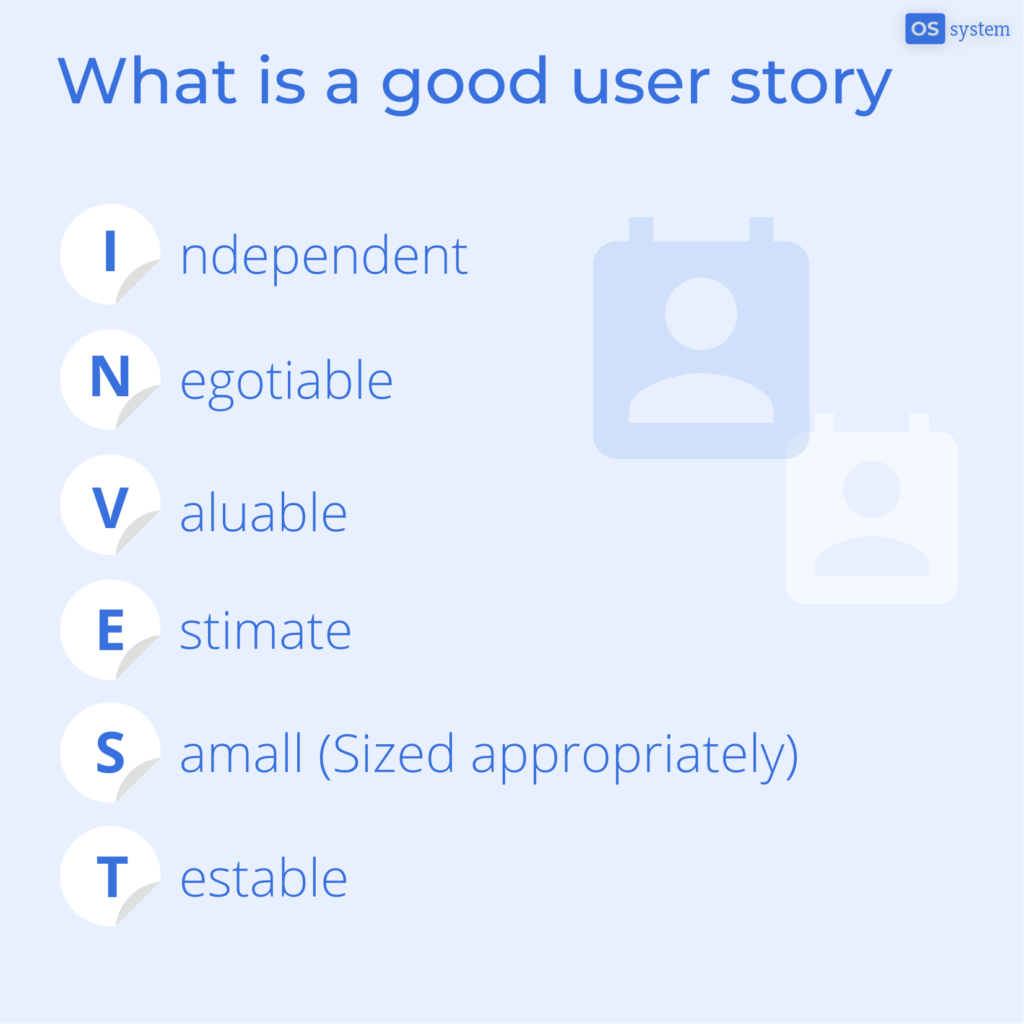
A great user narrative should include the following elements:
Independent — they may be produced in just about any order, and modifications to one User Story have no impact on all the others.
Negotiatiable – In partnership with your client as well as the staff that will execute it, you write the specifics of a client narrative. Discussing the breadth of the execution (whatever it will and won’t contain) is part of this partnership.
Valuable – Every User Story provides a separate piece of usefulness to target consumers.
Estimable – If you can’t predict a narrative, it suggests that you don’t yet have a good understanding of the extent, or the extent is too large to predict the state. You don’t need accurate estimations, but estimating a stories makes it more negotiable. You’ll also be capable of distinguishing between good low-effort stories and less useful high-effort stories.
Small – this should complete the entire loop (research, development, and testing) in a single iteration. The work required to develop a user narrative should be minimal. It should take 3 to 4 days to finish. And upwards of just few weeks (per individual), while many groups restrict themselves to “a few days.” It’s simpler to anticipate small stories. Big stories are more difficult to estimate and, as a result, less flexible.
Testable – explicit assessment criteria must be in place to ensure that a User Story is executed in the best way possible. Before executing the narrative, a team can be more effective by laying out the assessment criteria, often known as a specification for example in BDD. This prevents rework due to misconceptions.
How to create a user story
Build user narrative to stay on track with the endeavour. A user story is a straightforward representation of a product need in the context of what it must achieve and for whom.
User Story: When to Write
User stories are often written by product owners during an scrum project. A story-writing session is typically held around the beginning of an agile project.
All the people in the team are involved in order to create a product roadmap that thoroughly outlines the features that will be added throughout the course of the project, or a three- to six-month rollout period.
All members of the team are welcome to contribute to the creation of deliverables that outlines the functionality that will be added throughout the project lifecycle. Some of the user stories will grow into epics. Extremely long stories will be broken down into smaller storylines that can be completed in one go.
Who is involved in creating the user’s story
User stories can be written by anybody. Although it is the product owner’s job to ensure that an agile user storey backlog exists, this does not imply that the owner is the sole person who produces them. User storey illustrations must be produced by every team member during the span of a successful agile project.
User story mapping is a cooperative practice that helps inter-operational teams connect around the goal of producing a higher quality product in the future than it is now. Because a user narrative map gives a holistic perspective of the product, representatives of any team accountable for designing and building the whole user experience should be included.
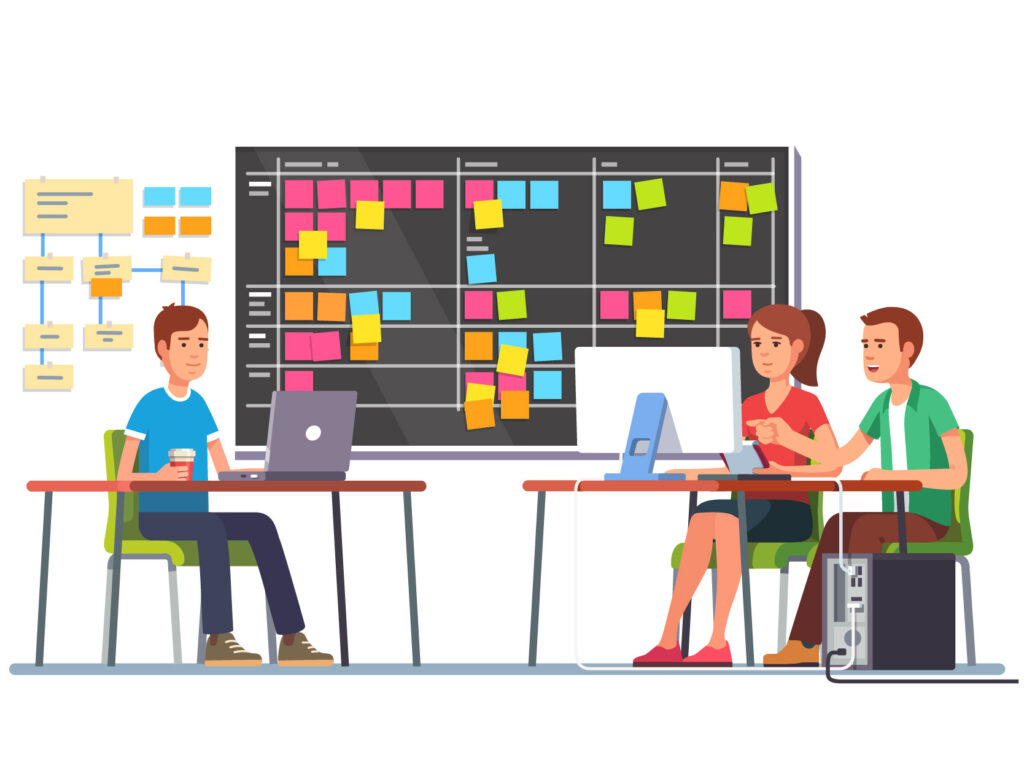
In a user narrative mapping exercise, these departments are frequently represented:
- User Experience Design team
- User Interface team
- Sales
- Marketing
- Customer service
- Finance
- Legal
- Operations/IT
How to write user stories
To write a successful user narrative, you must first decide who, what, and why. The selection of the media to employ for creating the narrative map is the very first stage in user stories modeling.
Whenever you’re first starting out with user requirements, a sample might assist you avoid unwittingly writing technical tasks.
These usually follow a basic framework: “As a type of user,” I desire “some aim,” “for some reason,” and so on.
Only the most significant parameters of a need are captured in user requirements:
For whom is it intended?
What does it anticipate from the system?
What are the reasons for it being so significant (optional)?
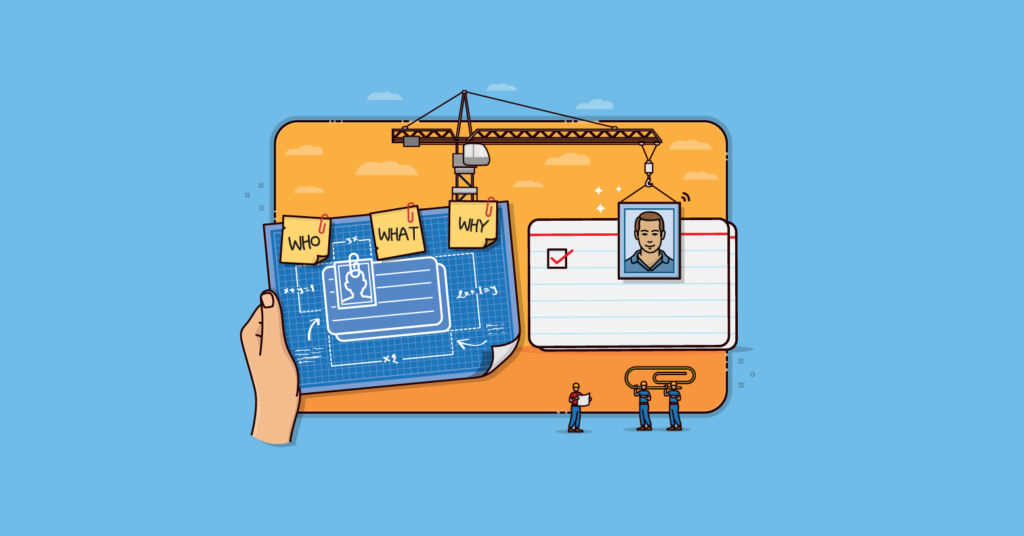
What information should the user’s story include
- “As just a (product owner), I would like to (be able to control my personal panel) just so (I get rapid access to information”),” says the user story.
- Give a detailed description from the user’s point of view.
- Technical specifications are required.
- Explain the user’s path and integrate needs to the design.
- Allow people to discuss and offer remarks in the form of feedback and queries.
- Milestones (specified by the team) — Milestones are voluntary, but they assist keep track of progress in big multi-team projects with fixed Cycle durations.
- Out of scope – make it clear which functionalities and elements are not included in the execution.
Stages of creating a user story
Do you need any pointers about how to develop user stories? As a reference, follow these nine steps:
Step 1: Know what you want to achieve.
The purpose of a user narrative is to allow developers to provide value to users. Your staff and mentorship must be aiming toward the same set of objectives.
After everyone on the crew has a conceptual grasp of their value, they need to know what the user’s problem is. This, presumably, stems from genuine user discomfort or consumer response.
Step 2: Сheck user requirements
Create surveys, hold focus groups, and browse consumer communities to do detailed user research. You should figure out what difficulties your customer is having and how your solution may assist them to overcome those obstacles.
Step 3: Create a list of acceptance criteria.
The collection of criteria that must be met for your user narrative to be regarded complete is defined as done. Use the acceptance criteria as a checklist to define the precise acceptance requirements for each user narrative. Assessment criteria must encapsulate the software’s essential design limitations without recommending execution flow.
Step 4: Prioritize and flow
After you’ve created high-level motifs and specific user stories, the next stage is to prioritise them by ordering them vertically from most essential to least important. After that, teams plan out how consumers move across the product, which is usually from left to right.
Step 5: Assign responsibilities
To create your consumer narrative more feasible, break that down into many tasks. You can also create subtasks if the need is complicated.

Step 6: Create a story map
To organise tasks in a broad workflow, use narrative mapping. The wireframes will take the form of sequential stages in this situation.
Step 7: Reread and revise your work.
It’s essential to backtrack and then let things flow after developing your user stories prior to reviewing things with your team. In an ideal world, one of the team’s engineers would review those after 24 hours.
A strategy meeting with the entire group serves as the last assessment for user stories.
Step 8: Ask for feedback.
Figure out what consumers and future customers desire by speaking with them. Inquire about their thoughts on current items or if they have any ideas for additional features. Include this information in your user narrative.
Step 9: Make a list of stories that can be finished in a single sprint.
User stories that require more than one iteration (usually two weeks) must be split into multiple stories. Your team will feel accomplished at the end of each sprint since they will have completed some extra capabilities. It also enables your organization to provide new features to the marketplace on a much more regular basis.
Tips for creating user stories
It might be difficult to tell compelling stories. The following pointers can assist you in writing effective stories:
- Users Come First: You must not develop any product backlog unless you know who your consumers are and why they want to use the product. First, do the essential user research, such as monitoring and conducting interviews. Alternatively, you risk producing speculative user stories based on your opinions and ideas rather than statistics and scientific proof.
- The User Story must be brief and simple to read, everyone should be capable of grasping it.
- Personas Can Help You Find Appropriate Stories: Working with personalities is a wonderful way to gather your observations about clients and stakeholders. Сharacter are made-up figures built on the very first knowledge of the intended audience. A name and a photo are frequently included, as well as related attributes, habits, and mindsets, and a purpose.
- There’s no need to use User Stories to substitute all paperwork.
- Maintain Visibility and Accessibility for Your Stories: Stories are meant to convey information. As a result, don’t keep them on a shared disc, the business intranet, or a licensed tool. Put them up on the wall, for example, to make them noticeable. This encourages cooperation, openness, and makes it clear when you’ve added too many tales too soon, since you’ll run out of wall space.
- The User Story must be tested and may be utilised as one of the QA inputs.
- User Stories Aren’t Enough: Creating a great user experience (UX) needs more than just user stories. User stories are useful for capturing functionality, but not so much for describing user experiences and graphic elements. As a result, employ additional tools like narrative maps, operational diagrams, screenplays, drawings, and prototypes to supplement user stories.
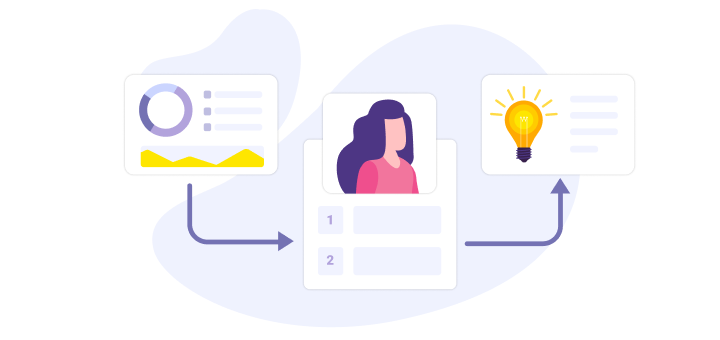
Advantages and Disadvantages of creating user stories
User stories provide a variety of important advantages:
- The attention is always on the user in stories. A to-do list keeps the work organized on activities that must be completed, whereas a collection of stories has the team engaged on addressing real-world issues.
- Cooperation is made possible through stories. Once the ultimate objective has been established, the team may collaborate to determine the best way to serve the consumer and achieve that goal.
- Estimating the duration of certain iterations is made easier.
- Cooperation boosts creativity: Stories enable the team to examine independently and analytically how to effectively address a problem.
- Functions to be prioritised
- The power of stories is that they build momentum. The development crew loves a minor obstacle and a minor win with each new narrative, which keeps the pace up.
- A clearer understanding of business advantage and delivery of goods that target customers genuinely want.
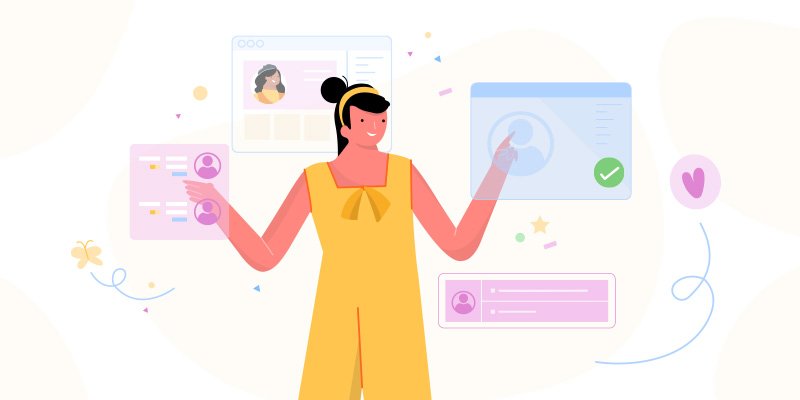
Here are some common user storey problems to avoid:
- Disagreement between such a client’s as well as a developer’s perspective on how a narrative should work.
- concentrating on commercial functions while overlooking technological ones, such as server efficiency
- No obvious consumer: It’s tough to figure how a customer feels about a product if you don’t know who they are. You need to identify who you’re mapping stories for.
- Take a little time prior to actually beginning your user narrative to identify any risks or drawbacks and detail how you plan to mitigate them.
- Insufficient time: It takes time to write a good user narrative. It necessitates in-depth study and ongoing engagement with stakeholders, which is often disregarded.
- As a consequence of operational separation, you’ve lost control of the whole view.
Conclusion
As you probably know, user stories are a wonderful way to keep everyone focused on delivering value for consumers.
Well-written user stories assist to structure collaboration and save time when it comes to putting ideas into action. Furthermore, having open discussions about the user stories will ensure that you generate better, simpler, and more valuable solutions.
Creating user stories is simple, but sometimes it can be hard to structure. If you face any kind of issues while developing a user story for your project, please feel free to contact us, our team of experts would love to help you. Describe the problem that you are facing in the feedback form and we’ll get back to you as soon as possible.

Subscribe to us










